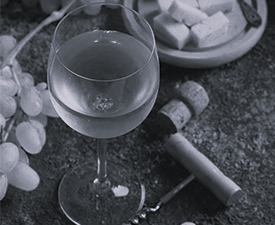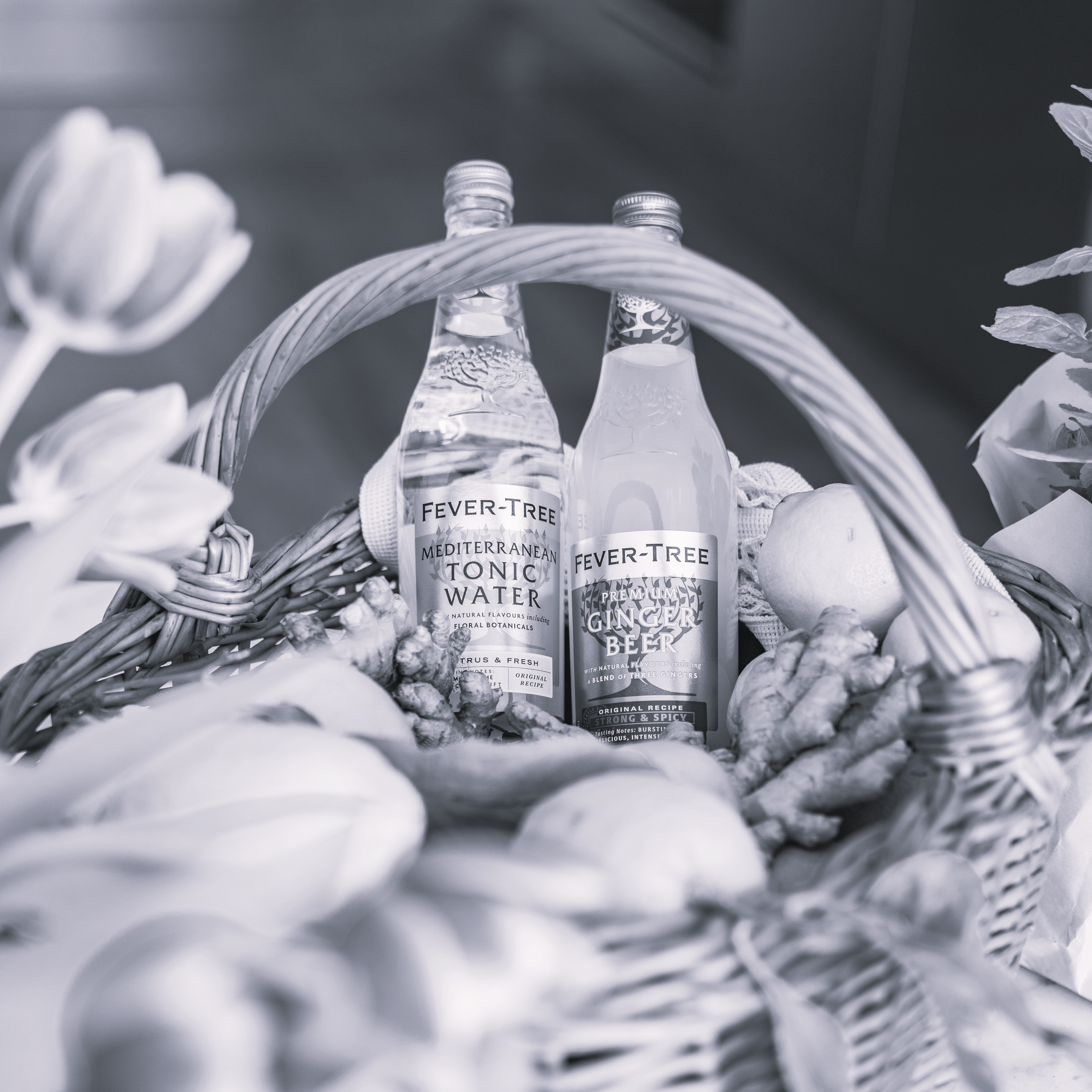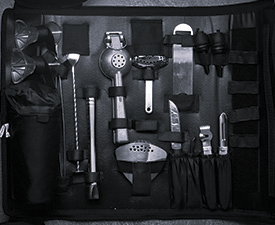The Rhone Valley in southeastern France is a wine producing area famed for its red wines. The region lies between the cities of Lyon in the north and Avignon in the south. A wide variety of grapes are grown and blended in this region but the two most commonly used are Syrah and Grenache. The Rhone Valley is split into Northern and Southern Rhone. Almost 90% of the wines come from the southern areas but the northern areas create the best quality. Some of the major appellations in the region are Cote Rotie, Hermitage, Condrieu, Chateauneuf du Pape, and Cotes du Rhone (means 'Slopes of the Rhone').
The northern sub-region produces red wines from the Syrah grape, sometimes blended with white grapes (Viognier). The southern sub-region produces an array of red, white and rose wines, often blends of several grapes such as in Chateauneuf-du-Pape.
Rhone does not have an official classification using "Grand cru" or similar terms, different to Bordeaux or Burgundy. There is however four categories of AOC's:
Cotes du Rhone only displays the region, and may be used in the entire region, in 171 communes. It is the lowest classification for Rhone AOC wine.
Cotes du Rhone-Villages is an AOC allowed for 95 communes, with a higher minimum requirement for grape maturity than basic Cotes du Rhone. In general, the appellation does not allow the village name to be displayed.
Cotes du Rhone-Villages together with village name is allowed for 19 communes.
Cru are the 15 named appellations which display only the name of the cru, and not Cotes du Rhone. These include the most famous Rhone wines, such as Hermitage, Cote-Rotie and Chateauneuf-du-Pape. There is no official classification differentiating between different crus, sometimes, individual vineyard names (such as La Chapelle) are displayed on the labels. Most producers will only do this for top wines, but vineyard-labeled wines enjoy no different official status from other cru wines.










